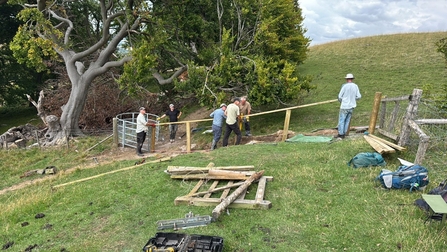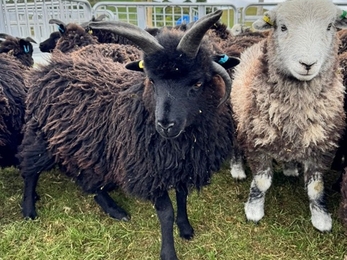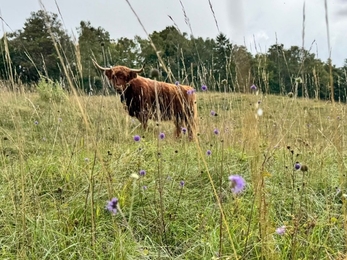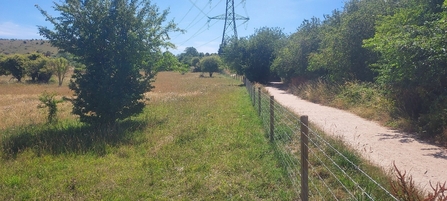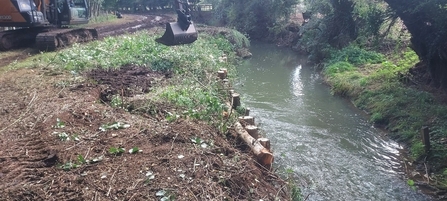The weather has been a challenge to us and the wildlife on our sites throughout the spring and summer this year. The extended dry season has been taxing to those working on the site management or completing monitoring work. Weeks of uncertainty over the lack of rainfall impact in our area have been turned into months, with no significant volumes of rain to help the parched ground recover.
The grassland sites have been showing the effects for several months, with poor growth, reduced displays of flowers and cracks showing where the soil is shrinking. The presence of such an arid habitat has been witnessed by casual visitors and experts alike, with the wildlife flora and fauna hardest hit. The trees are now starting to retrench and numerous reports of early dying leaves and dropped limbs are coming in. The worry is with every spell of rain that there will be another round of failed branches, due to a flooding of the tree cells overloading the already stressed stems.


